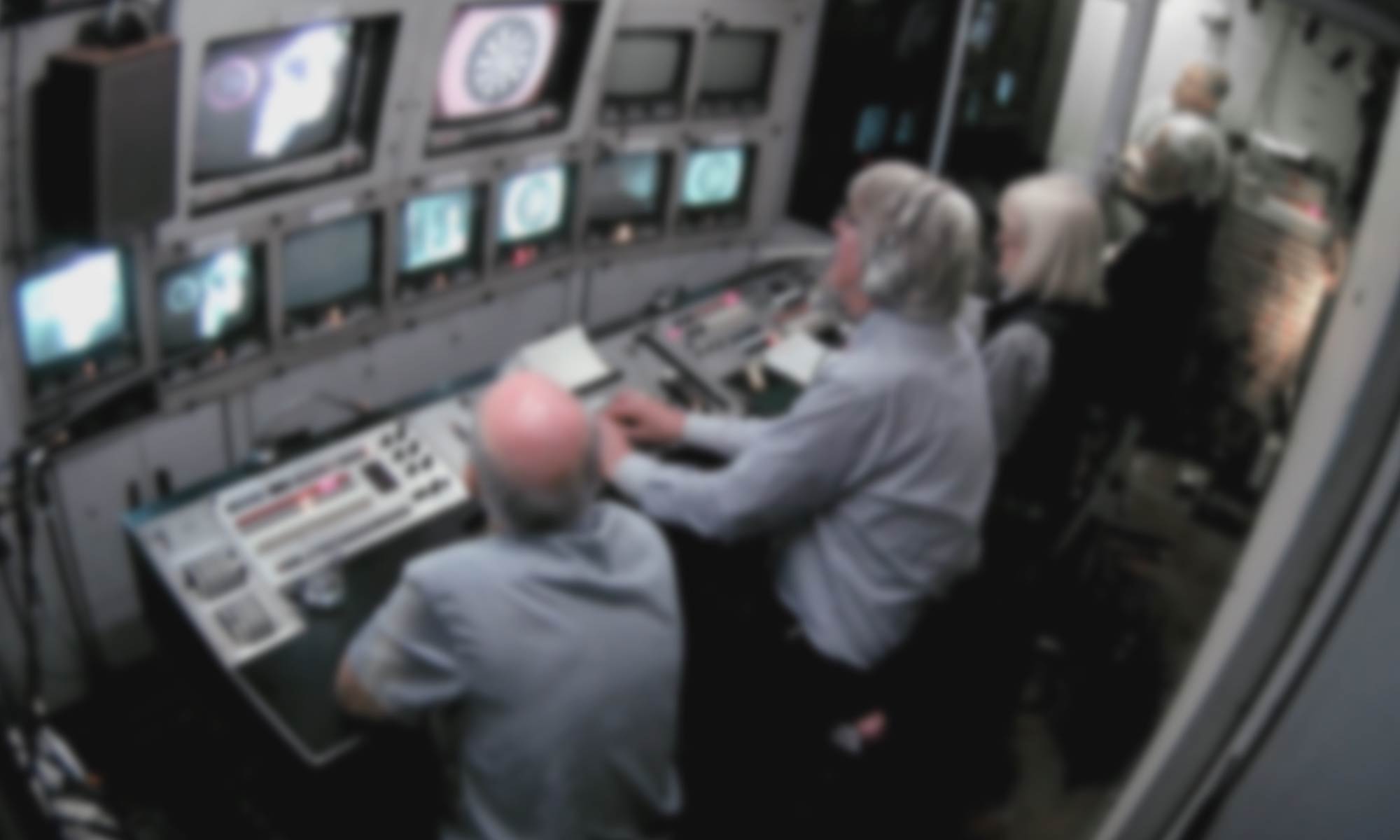Hands on Media History: A new methodology in the humanities and social sciences
Hands on Media History: A new methodology in the humanities and social sciences
Edited by Nick Hall, John Ellis, 2019 Routledge, London DOI: https://doi.org/10.4324/9781351247412
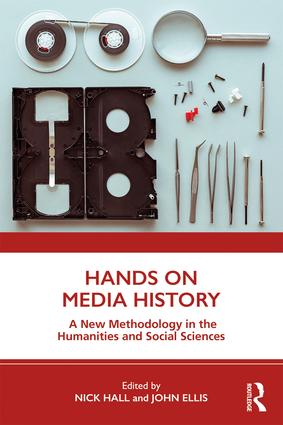
DOWNLOAD THE OPEN ACCESS VERSION (with colour illustrations) HERE
ABSTRACT
Hands on Media History explores the whole range of hands on media history techniques for the first time, offering both practical guides and general perspectives. It covers both analogue and digital media; film, television, video, gaming, photography and recorded sound. Understanding media means understanding the technologies involved. The hands on history approach can open our minds to new perceptions of how media technologies work and how we work with them. Essays in this collection explore the difficult questions of reconstruction and historical memory, and the issues of equipment degradation and loss. Hands on Media History is concerned with both the professional and the amateur, the producers and the users, providing a new perspective on one of the modern era’s most urgent questions: what is the relationship between people and the technologies they use every day? Engaging and enlightening, this collection is a key reference for students and scholars of media studies, digital humanities, and for those interested in models of museum and research practice.
Contents include these essays by ADAPT project researchers:
- ‘What is hands on media history?‘ by John Ellis and Nick Hall
- ‘Why hands on history matters’ by John Ellis
- ‘Bringing the living back to life: what happens when we re-enact the recent past?’ by Nick Hall
- ‘A blind date with the past: transforming television documentary practice into a research method’ by Amanda Murphy
Filming for Television: How a 16mm Film Crew Worked Together, by John Ellis
Filming for Television: How a 16mm Film Crew Worked Together, by John Ellis in VIEW Journal of European Television History and Culture, 8(15), pp.91–110, 2019 DOI: http://doi.org/10.18146/2213-0969.2019.jethc167
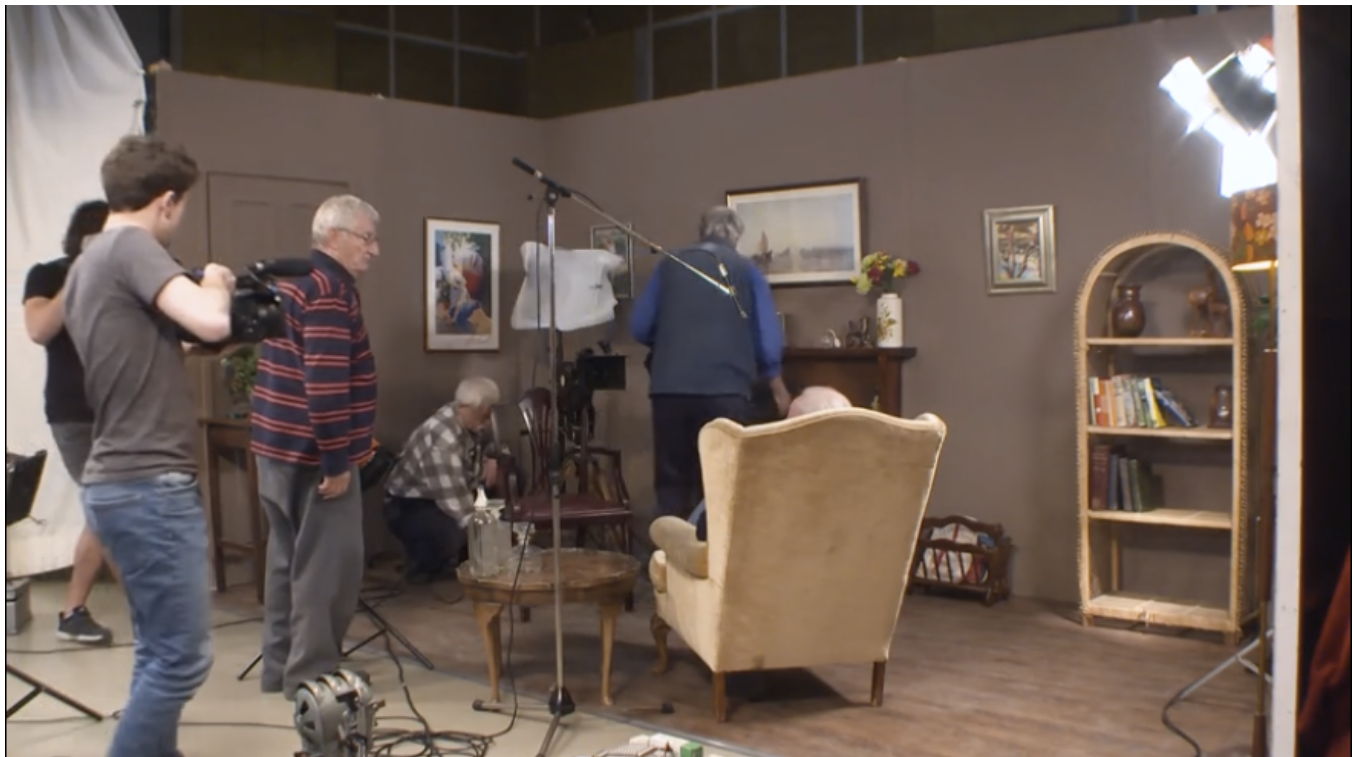
ABSTRACT
‘How Television Used to Be Made’ has revealed how film crews worked together. The project reunited analogue equipment with the professionals who used to use it, and this article unpacks the professional routines and relationships of both people and technology that are at the core of television production. This detailed study of a film crew setting up 16mm equipment reveals the constraints and affordances that defined analogue television material. To study working practices in a historical setting also reveals that there is an absent area in contemporary production studies: the work of ‘content acquisition’.
‘Did Grace Kelly Shed a Tear? The Monegasque Royal Wedding as a Disruptive Television Event’
‘Did Grace Kelly Shed a Tear? The Monegasque Royal Wedding as a Disruptive Television Event’, by John Ellis in VIEW Journal of European Television History and Culture, 7(13), pp.6–18 2018 DOI: http://doi.org/10.18146/2213-0969.2018.jethc138
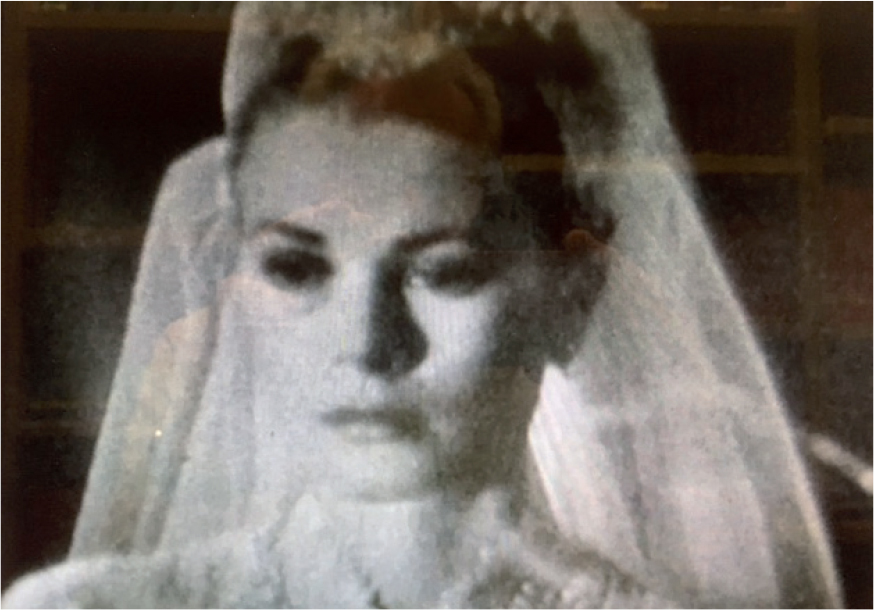
ABSTRACT
Early television reveals the radical nature of the new medium as well as many of its affordances that were later rejected. The coverage of the Monegasque Royal Wedding of Prince Rainier of Monaco and Grace Kelly exposes the differences between cinema newsreels and live TV, and how, even at a public event, TV could invade the personal space of its subjects. Like a detective, the author reconstructs how this historical event was covered by film and TV, and how that footage was later re-used. The montage of the footage in different contexts encourages the audience to suppose that Grace Kelly might have shed a tear during the wedding ceremony. While this question might seem ridiculous to a republican, it is important for our understanding of celebrity in modern culture. The author’s answer to the question reveals the media historical meaning of both the media event, its coverage and the possible existence of that tear.
’16MM Film Editing for Television’
‘16MM Film Editing for Television: Using Filmed Simulation as a Hands-on Approach to TV History’ by Amanda Murphy, Rowan Aust, Vanessa Jackson, John Ellis, in VIEW Journal of European Television History and Culture, 4(7), pp.7–10, 2015 DOI: http://doi.org/10.18146/2213-0969.2015.jethc077
ABSTRACT
Two television editors who once worked with 16mm film discuss and explore their former working methods and demonstrate how to make a picture cut using film. The method of ‘hands-on history’ used for this simulation is discussed, as are the problems of presenting such data.
‘The Privileged: A case study of regional television documentary production in the 1960s’
‘The Privileged: A case study of regional television documentary production in the 1960s’ by Nick Hall in Historical Journal of Film, Radio and Television. p. 1-21, 2019
ABSTRACT
This article is about The Privileged, a documentary series filmed by Westward Television in 1967 and broadcast in 1968 and 1969. The article offers the series as a case study of regional documentary production in a geographically peripheral ITV franchise area. It examines how documentaries were made by Westward despite the absence of a formalised documentary unit. This article shows how producers, editors and camera operators used their skills and experience to create an ambitious and innovative documentary television series within the more constrained budgets of regional independent television. Drawing on original production papers and preserved episodes of the series, this case study reveals how The Privileged took advantage of new production technologies and novel ways of filming and editing. It also considers the archival afterlife of the series, which has been largely been forgotten since its original transmission. The article concludes by drawing attention to some of the problems with the series’ partial re-presentation on the BFI Player website, and highlights the potential social and cultural benefits which could be obtained by enhancing access to archival documentaries such as The Privileged.
The Zoom: Drama At the Touch of A Lever
The Zoom: Drama At The Touch Of A Lever, by Nick Hall, Rutgers University Press (Techniques of the Moving Images) 2018
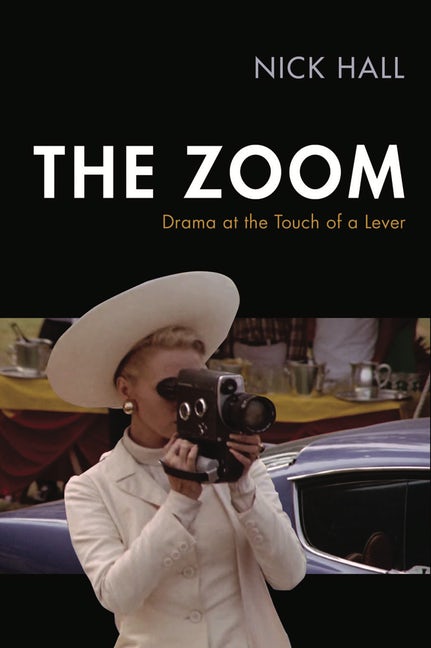
ABSTRACT
From the queasy zooms in Alfred Hitchcock’s Vertigo to the avant-garde mystery of Michael Snow’s Wavelength, from the excitement of televised baseball to the drama of the political convention, the zoom shot is instantly recognizable and highly controversial. In The Zoom, Nick Hall traces the century-spanning history of the zoom lens in American film and television. From late 1920s silent features to the psychedelic experiments of the 1960s and beyond, the book describes how inventors battled to provide film and television studios with practical zoom lenses, and how cinematographers clashed over the right ways to use the new zooms. Hall demonstrates how the zoom brought life and energy to cinema decades before the zoom boom of the 1970s and reveals how the zoom continues to play a vital and often overlooked role in the production of contemporary film and television.
‘Television Sound Operators: Who Were They and What Exactly Did They Do?’
‘Television Sound Operators: Who Were They and What Exactly Did They Do?’ by Tim Heath in in VIEW Journal of European Television History and Culture, 8(15), pp.5–21. DOI: http://doi.org/10.18146/2213-0969.2019.jethc161
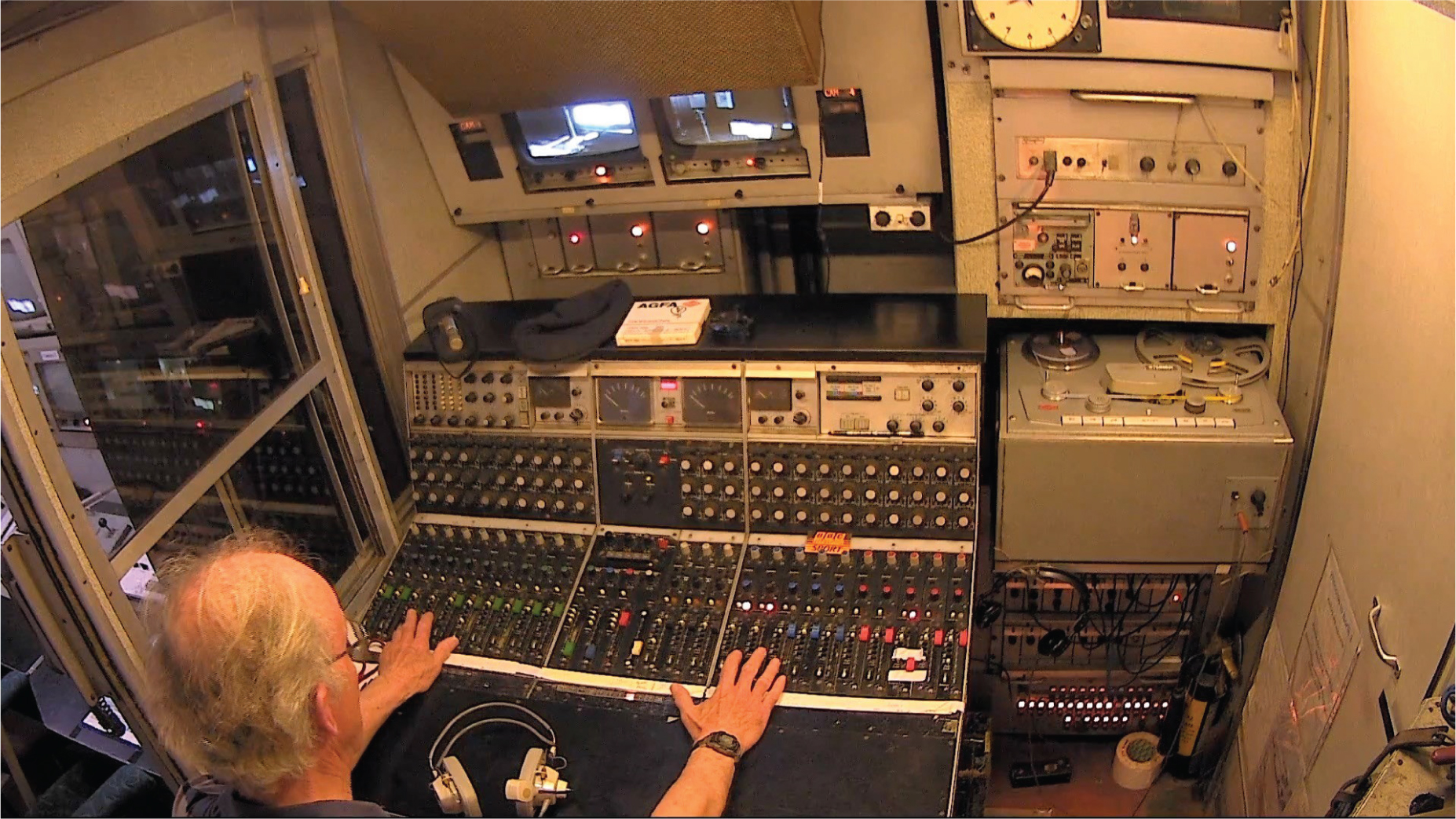
ABSTRACT
The working practices of below the line television operators is an area of television studies that continues to be under-researched. Despite notable recent efforts, this lack of academic engagement is perhaps at its most pronounced in regards to the sub group of television operators who record, mix, and edit the soundtrack of British television. However, hands on methodologies continue to gain traction in the area of film and television research and, in doing so, create new opportunities to engage with below the line practices and bring into focus the hidden work of production personnel. This article, aims to explore these new methodologies and assess how they can bring new affordances to researchers engaging with communities who’s practices are often seen as routine and unremarkable. Focusing specifically on the work of television sound operators this article hopes to add to the growing body of work that sheds light on the practices of sound operators and the skills, codes, and identities that shape their work. By doing so through using hands on methods, it hopes to show the benefits of such approaches to wider television and film research.
‘Mumble-gate: Negotiating Theory and Practice in Television’s Production Hierarchy’
‘Mumble-gate: Negotiating Theory and Practice in Television’s Production Hierarchy‘ by Tim Heath, The New Soundtrack, vol. 7, issue 1, pp. 47-65
ABSTRACT
This article examines the professional practices of those working in sound within modern television’s production hierarchy. It argues that, due to a range of factors, sound professionals working in television identify their work as marginalised and their position within the production hierarchy as continually eroded. In recent years television sound has been propelled into public consciousness due to a number of high profile incidents of inaudible dialogue. Dubbed ‘mumble-gate’ by many within the industry, this issue reached its peak with 2014 BBC drama Jamaica Inn, which attracted 2,200 complaints (BBC News 2014). However, the working practices of those responsible for capturing and perfecting a programme’s soundtrack, as well as details of the environment in which they work, remain elusive and misunderstood by many. Bringing together extensive new oral history research from multiple professional sound operators with the contextual accounts of wider production personnel this article uses the opportunity this current scrutiny presents to address the relationship between modern professional practice and what is heard by the audience at home. This article argues that the erosion of sound in the production hierarchy not only has implications for sound practice but arguably should impact on how we engage with sound theory in television. In an increasingly competitive freelance environment, rigid theorisations around sound’s utilisation may be at odds with the experiences of those within the industry as they continue to negotiate their place in the hierarchy of modern television production.
Making TV Sound: A History of Television Sound Operation from 1970-2010
Unpublished PhD thesis by Dr Tim Heath
This thesis by Tim Heath investigates the the changing practices, technologies, and cultures of sound operators working in Britain’s television industry from 1970 – 2010. Television production in Britain changed fundamentally throughout this period as a result of industrial reorganisation and significant technological change. During this time, operational sound personnel have experienced significant disruption to the practices, cultures, and communities that make up their daily working lives.
Focussing particular attention on the reorganisation of the 1980s and 1990s, this research contributes an understanding of how these industrial, technological, and cultural shifts took form within the work of television sound personnel and how this group has adapted and reorganised as a result. This thesis aims to show that the working lives and experiences of television sound operators are now significantly different from those employed before this period of industrial and technological transformation. Not only are technologies and working practices of sound operation now considerably different, but so too are the ways in which members of this community interpret and portray their work, identity, and skills. The experiences of this group of professionals is discussed through analysis of topics such as training, innovation, working practices, production hierarchies, and professional identity.
Film, video and digital: editing technologies and practice in British television production, c.1955-2000
Unpublished PhD thesis by Dr Rowan Aust
Between 1955 and 2000, the primary medium for editing television went from film,
to video, and then to digital. This thesis investigates the specificities of each medium.
It takes, as its central premise, the fact that editing is an individuated practice
occurring within an accumulation of factors: the preferences of the editor; media
specificities; the nature of the project; genre differences; the affordances of the
equipment; institutional settings; and, budgetary constraints. It asks as its central
research question: how did editors respond to and negotiate the technological and
industrial changes that occurred as the media changed? Four discrete, but
interconnecting, histories will be given as examples of the ways in which editing and
its technologies were – and are –– used and described. In addressing television editing,
the thesis addresses the relative lack of attention paid to it within Television and
Production Studies, using both interviews and archival material to highlight the
changing working lives of editors over the time period concerned.
See also:
Murphy, Amanda. “ADAPT TV: recreating a 1970s OB”. Zerb – the journal of the GTC, Autumn (2016). Link.
Murphy, Amanda. “Veteran BBC crew crank up a 1960s OB truck to create a piece of TV history”. Prospero – the newspaper for BBC pensioners, August (2016), pg 6. Link.
Ellis, John. “Between Human and Machine: The Operating System”. Journal of Contemporary Archaeology 2.1 (2015): S24-S28. DOI: 10.1558/jca.v2i1.28283
